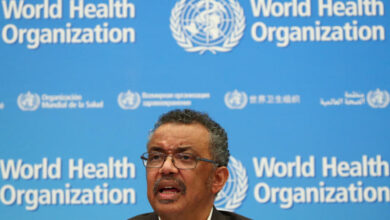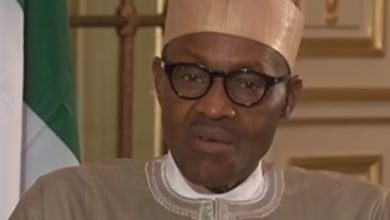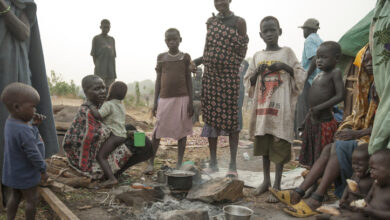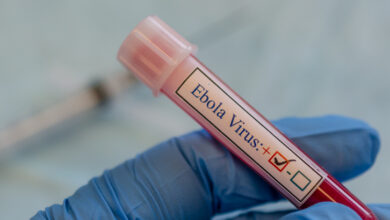World
Mali: Gunmen Kill Dozens In Attack On Two Villages
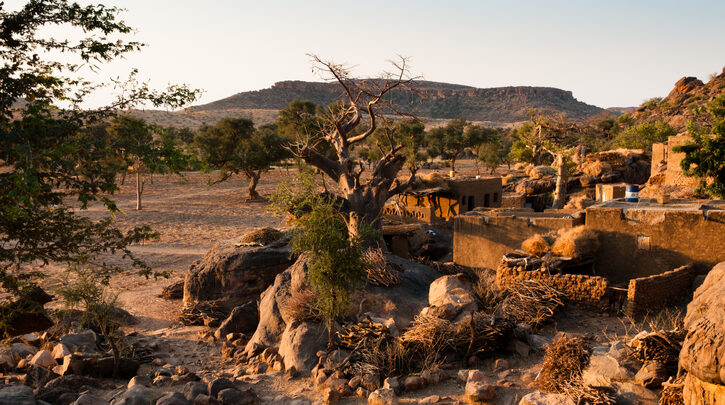
Unidentified gunmen attacked and killed dozens of people in two villages in central Mali, a part of the country which is already experiencing a dire security situation amid a surge in ethnic violence between Dogon and Fulani communities, reported The Guardian.
During an interview with Reuters on Tuesday, a local mayor confirmed that unidentified gunmen on motorbikes attacked the villages of Yoro and Gangafani 2 the previous evening, killing at least 41 civilians.
According to Issiaka Ganame, the mayor of Yoro, where 24 people were killed, the victims of Monday’s raids were mostly ethnic Dogons. Another 17 died in Gangafani 2.
“About 100 unidentified armed men circulating on motos all of a sudden invaded Yoro and fired on the population,” Ganame told Reuters. “Then they descended on the village of Gangafani 2, which is about 15km (9 miles) away.”
No group immediately claimed responsibility for Monday’s attacks. It currently remains unclear what motivated the attacks.
Central Mali has been beset by ethnic violence in recent months. The violence has largely pitted Dogon hunters against Fulani herders. Earlier this month, attackers believed to be Fulani raided a Dogon village, Sobane Da, killing at least 35 people. The attack stirred fears of tit-for-tat attacks in the region with an ethnic patchwork.
In March, suspected Dogon militiamen killed more than 150 Fulani in two villages in central Mali, one of the worst acts of bloodshed in the country’s recent history.
According to the United Nations mission in Mali (MINUSMA), at least 488 Fulani civilians died in attacks carried out in the central regions of Mopti and Segou between January 1, 2018, and May 16, 2019. In the same period, armed Fulanis had caused 63 deaths among civilians in the Mopti region.
President Ibrahim Boubacar Keita and his government has vowed to disarm the militias but has struggled to do so.


